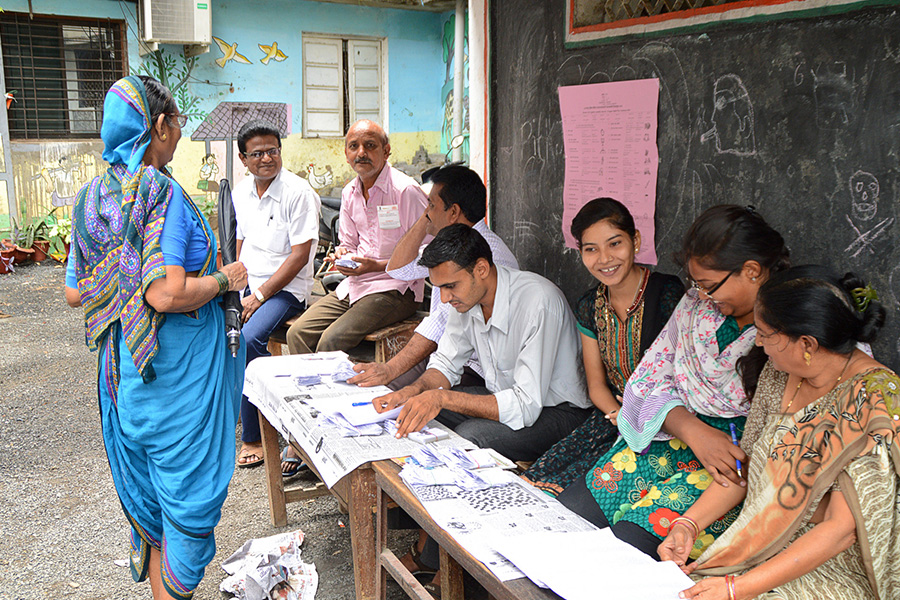
Elections in the Maoist strongholds, that are Schedule Five areas, have always been affected by violence in the backdrop of boycott calls by the Maoists.
Author
Shashank Ranjan, Professor of Practice, O.P. Jindal Global University, Sonipat, Haryana, India.
Summary
The Assembly elections in Chhattisgarh are done and dusted. Equations in the context of tribal votes did matter immensely in the calculations of each political party, given the proportion of the tribal population in the State. As in the politics of Chhattisgarh, it is said that the party with which the tribal voter goes forms the government in the State as tribal voters have a 34% of the vote share in the State. Maoist insurgency in the country presently thrives in the tribal regions of Chhattisgarh, particularly in Bastar. Tribals form the main cadre base of the movement. Elections in these Maoist strongholds, that are Schedule Five areas, have always been affected by violence in the backdrop of boycott calls by the Maoists. And this year was no different.
To begin with, and as reported by the media, voter turnout in Maoist-affected areas such as Bijapur and Konta was as low as 3% to 4%. The dismal turnout could be inferred as the writing on the wall, subject to our inclination to acknowledge it. There were several issues that shaped the issues on which political parties contested. However, no single issue addressed the challenge of resolving the Maoist conundrum.
Published in: The Hindu
To read the full article, please click here.

